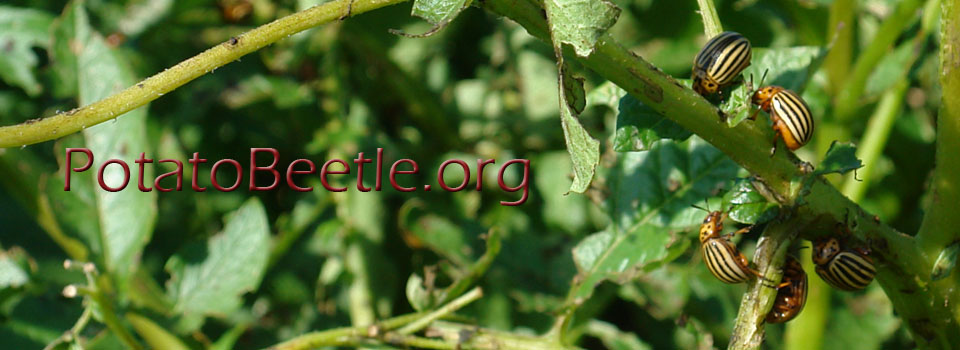QingYu X, QingWei M, Pan D, WenChao G, GuoQing L. Insect Biochem Mol Biol. 2018;94:50-60. doi: 10.1016/j.ibmb.2017.09.012.
Hormone receptor 4 (HR4) is involved in the regulation of 20-hydroxyecdysone (20E) biosynthesis and the mediation of 20E signaling during larval-pupal transition in a holometabolan Drosophila melanogaster, whereas it acts as a repressor in 20E-responsive transcriptional cascade in a hemimetabolan, Blattella germanica. Here we characterized two HR4 splicing variants, LdHR4X1 and LdHR4X2, in a coleopteran Leptinotarsa decemlineata. LdHR4X1 was highly expressed in the prothoracic gland and epidermis while LdHR4X2 was abundantly transcribed in the nervous system. In vivo results showed that both prothoracicotropic hormone and 20E pathways transcriptionally regulated LdHR4, in an isoform-dependent pattern. RNA interference of LdHR4 at the final (fourth) larval instar, in contrast to the second- and third-instar periods, enhanced the expression of two ecdysteroidogenesis genes, increased 20E titer, upregulated transcription of five 20E-response genes, and reduced the mRNA level of Fushi tarazu-factor 1 (FTZ-F1). As a result, the fourth-instar LdHR4 RNAi larvae exhibited accelerated development and reduced body weight. Moreover, knockdown of LdHR4 at the fourth instar resulted in larval lethality and impaired pupation. Feeding of pyriproxyfen (a mimic of juvenile hormone) or silencing of a juvenile hormone degrading enzyme gene restored the normal course of ecdysteroidogenesis, duration of larval development, and body weight in fourth-instar LdHR4 RNAi larvae. The treatment partially suppressed the larval mortality but not the failure to pupate. The dual role of HR4 during larval-pupal metamorphosis appears to be evolutionarily conserved among holometabolans.
